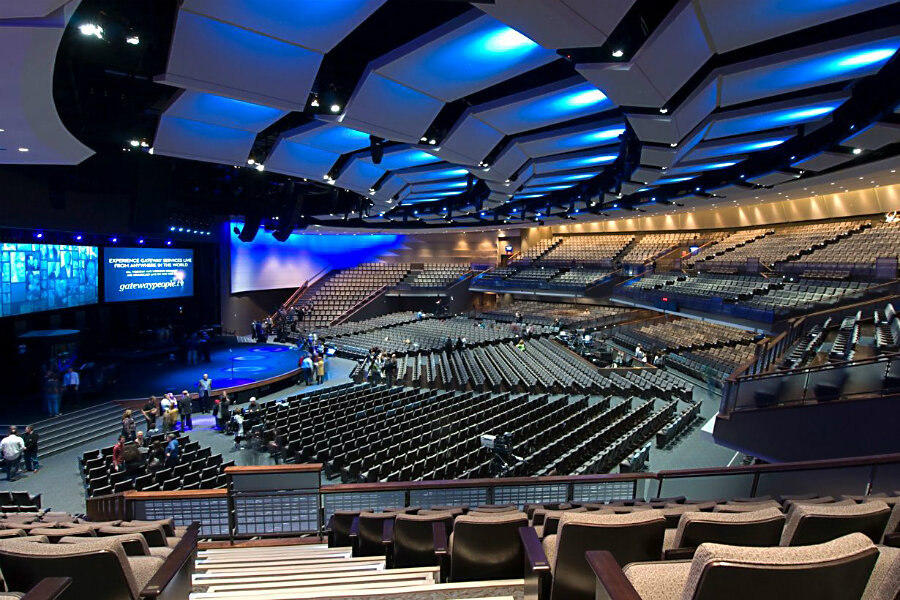Asian, African megachurches overtaking US congregations
Loading...
While the United States may have started the trend of megachuches, a new study shows that the future of super-size congregations lies abroad.
A survey by the Leadership Network, a Christian nonprofit organization, reveals that the world’s biggest churches are not in the United States, but in Asia and Africa.
For example, the world's largest megachurch, Yoido Full Gospel Church in Seoul, South Korea has an attendance of 480,000 people. India is now home to more Christians than at any time in its history.
According to a list compiled by the Leadership Network, attendance is high in western and eastern Africa, and at least 25 of Africa's megachurches are in Nigeria. Lagos, the capital, ranks second in the world after Seoul, with a combined weekly attendance of 346,500 people.
“The list is not based on membership, ministry impact, seating capacity, or building size but on actual attendance – adults and children, all services, all physical campuses on an average weekend for the year, not counting anyone twice," wrote Warren Bird of Leadership Network.
While going to megachurches has been a rising trend in other continents, the larger sizes of congregations could however be due to a lack of alternatives for believers, The Washington Post reported.
"Outside the United States, it takes a large amount of charisma and capital to create a megachurch," Scott Thumma, director of the Hartford Institute told the Post. This is because there is more competition among megachurches in the US. "It is harder to be massive here in [the] US." Thumma added, for a variety of reasons.
There is, however, a stark difference between US megachurches and those found abroad. Megachurches abroad are often constructed in densely populated city areas, where they are accessed by foot or public transport, the Post reported, while in the US, megachurches are often in suburban areas and usually accessed by car.
Thumma expects the trend of megachurches in Asia and Africa to rise. "The spread of the megachurch model will continue in the developing regions of the globe," he said. "I expect the most rapid growth to be in Asian countries as they continue to develop and populations concentrate in massive urban areas from rural communities."







